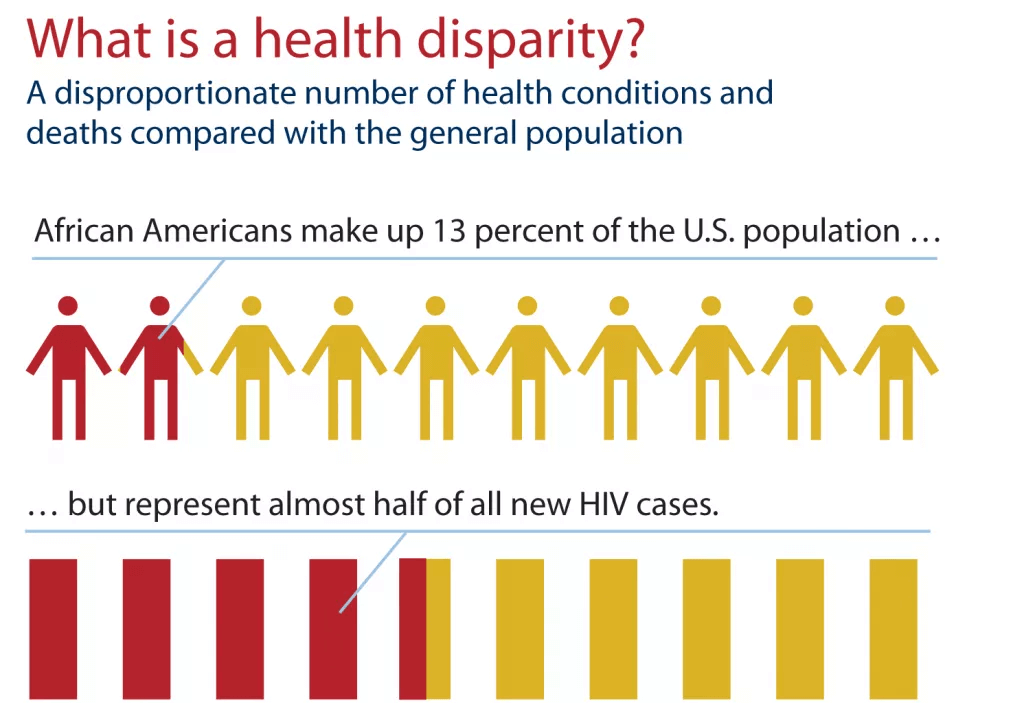Introduction to Health Without Borders
Hey there, fellow health enthusiasts! Today, we embark on an exciting journey to explore the world of “Health Without Borders.” Imagine a world where wellness knows no boundaries, where access to quality healthcare and well-being is not limited by borders or boundaries. It’s a vision we all share, and in this article, we’ll dive deep into how we can make this vision a reality by bridging the global wellness divide.
Understanding Global Health Disparities

In some places, there are modern hospitals with advanced medical equipment and plenty of resources, while in other areas, people face challenges in getting even basic healthcare. It’s sad to see such a big difference in health and opportunities. But we can’t ignore it anymore. It’s time to face these problems directly. If we understand why these differences exist, we can start taking important actions to create a healthier and fairer world for everyone.
Reasons for Health Disparities
Unequal Resources and Funding Some places have more money and resources to invest in healthcare, while others have limited funds and struggle to provide adequate medical services.
Socioeconomic Factors Differences in education, infrastructure, and access to clean water and nutritious food can impact health outcomes in various regions.
Cultural and Social Norms The way healthcare is delivered and received can be influenced by cultural beliefs and social norms, leading to variations in health services.
Availability of Medical Facilities Some areas have advanced medical facilities, while others may lack sufficient healthcare infrastructure, affecting access to care.
The Power of Collaborative Solutions
Now, here’s the good news – we’re not alone in this mission! Countless inspiring organizations, governments, and international bodies are already working together to address global health disparities. By pooling resources, knowledge, and expertise, these collaborations are creating a powerful force for change. It’s heartening to witness the transformative potential of public-private partnerships in driving impactful initiatives worldwide.
Collaborative Solutions:
- International Partnerships: Governments, non-governmental organizations (NGOs), and international bodies can collaborate to create global health initiatives. These partnerships can pool resources, expertise, and knowledge to address pressing health issues worldwide.
- Public-Private Partnerships: Collaboration between the public and private sectors can lead to innovative solutions and increased funding for healthcare projects. Private companies can contribute resources, technology, and financial support, while governments can provide the necessary infrastructure and regulations.
- Knowledge Sharing and Capacity Building: Collaboration can involve sharing best practices, research findings, and healthcare innovations across different regions. Capacity building programs can train healthcare professionals and improve local healthcare systems.
- Global Health Campaigns: Collaborative efforts can organize global health campaigns to raise awareness about important health issues, promote preventive measures, and encourage healthier lifestyles.
- Humanitarian Aid and Disaster Response: Collaborative efforts are crucial during humanitarian crises and natural disasters. Swift and coordinated responses can provide emergency medical assistance to affected communities.
Leveraging Technology and Innovation

In the age of technology, we have a remarkable opportunity to overcome health barriers like never before. Enter telemedicine – a game-changer for remote healthcare delivery. With the power of technology, medical professionals can reach the farthest corners of the globe, providing much-needed care and expertise. But that’s not all! Innovations in healthcare are popping up everywhere, from mobile health apps to low-cost medical devices, making wellness accessible to all, regardless of their geographical location.
Community Empowerment and Health Education
Communities are the heart of any global health endeavor. By engaging and empowering local populations, we can create sustainable, culturally sensitive health education programs that resonate with people from diverse backgrounds. After all, the best healthcare solutions are those that are co-created with the very people they are meant to serve. It’s inspiring to see communities taking charge of their own wellness journey and fostering a sense of ownership in building healthier societies.
Addressing Environmental Health Challenges

Did you know that our environment and health are deeply interconnected? From air pollution to climate change, environmental factors play a significant role in our well-being. By advocating for policies that protect public health and the planet, we can create a healthier, more sustainable world for everyone.
Environmental Protection Policies:
Implementing policies to safeguard the environment can have a direct impact on public wellness. Regulations on air and water quality, waste management, and pollution control can reduce exposure to harmful toxins and improve overall well-being.
Climate Change Mitigation Policies: Addressing climate change through policies that reduce greenhouse gas emissions can have significant health benefits. By curbing the effects of climate change, we can minimize the risks of extreme weather events, vector-borne diseases, and other health threats associated with a changing climate.
Renewable Energy Incentives: Encouraging the use of renewable energy sources through tax incentives and subsidies can not only reduce environmental damage but also improve air quality and public health by decreasing reliance on fossil fuels and harmful emissions.
Sustainable Agriculture Policies: Promoting sustainable farming practices can protect both public health and the environment. Policies that support organic farming, reduce the use of harmful pesticides, and encourage responsible land use can ensure a safe and healthy food supply.
Access to Green Spaces: Policies that prioritize the creation and preservation of green spaces in urban areas can improve public health by providing opportunities for physical activity, reducing stress, and enhancing overall well-being.
Waste Reduction and Recycling Policies: Implementing policies that promote waste reduction, recycling, and responsible waste disposal can reduce environmental pollution and the potential health hazards associated with improper waste management.
Public Transportation and Active Commuting: Encouraging the use of public transportation and supporting active commuting options like walking and cycling through policies can reduce air pollution, promote physical activity, and improve public health.
Access to Safe Drinking Water: Access to safe and clean drinking water are essential for protecting public health and preventing waterborne diseases.
Public Health Emergency Preparedness: Having robust policies and plans in place for responding to public health emergencies, such as pandemics or natural disasters, is critical to protecting both human health and the environment.
Education and Awareness Campaigns: Policies that promote public education and awareness about environmental issues and their impact on health can empower individuals to make informed decisions and take collective action to protect the planet and their well-being.
By enacting and enforcing these types of policies, governments and communities can work together to safeguard public wellness while preserving and restoring the health of our planet. These efforts contribute to a more sustainable and resilient world for current and future generations.
Fostering a Global Culture of Wellness
Finally, let’s celebrate the beauty of cultural diversity and embrace different healthcare approaches. By fostering a global culture of wellness, where we learn from one another and celebrate our differences, we can create a more compassionate and understanding world.
Conclusion
As we reach the end of our journey, let’s hold on to the vision of “Health Without Borders.” By joining hands, advocating for change, and taking action – big or small – each one of us can contribute to bridging the global wellness divide. Together, let’s build a world where health knows no borders, and every individual can thrive in a state of optimal well-being. Remember, the power to make a difference lies within each of us!








